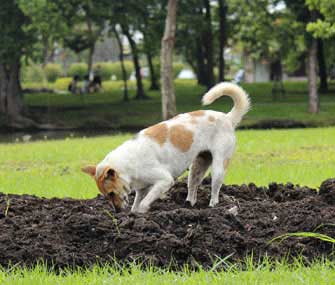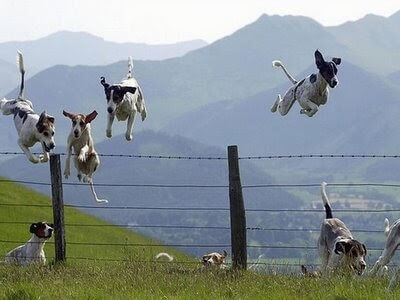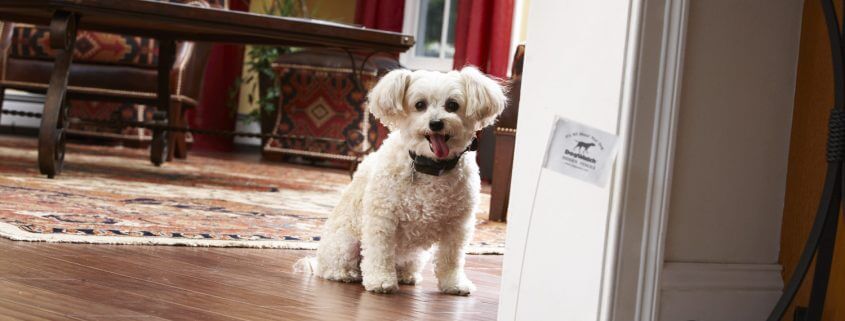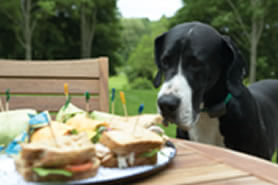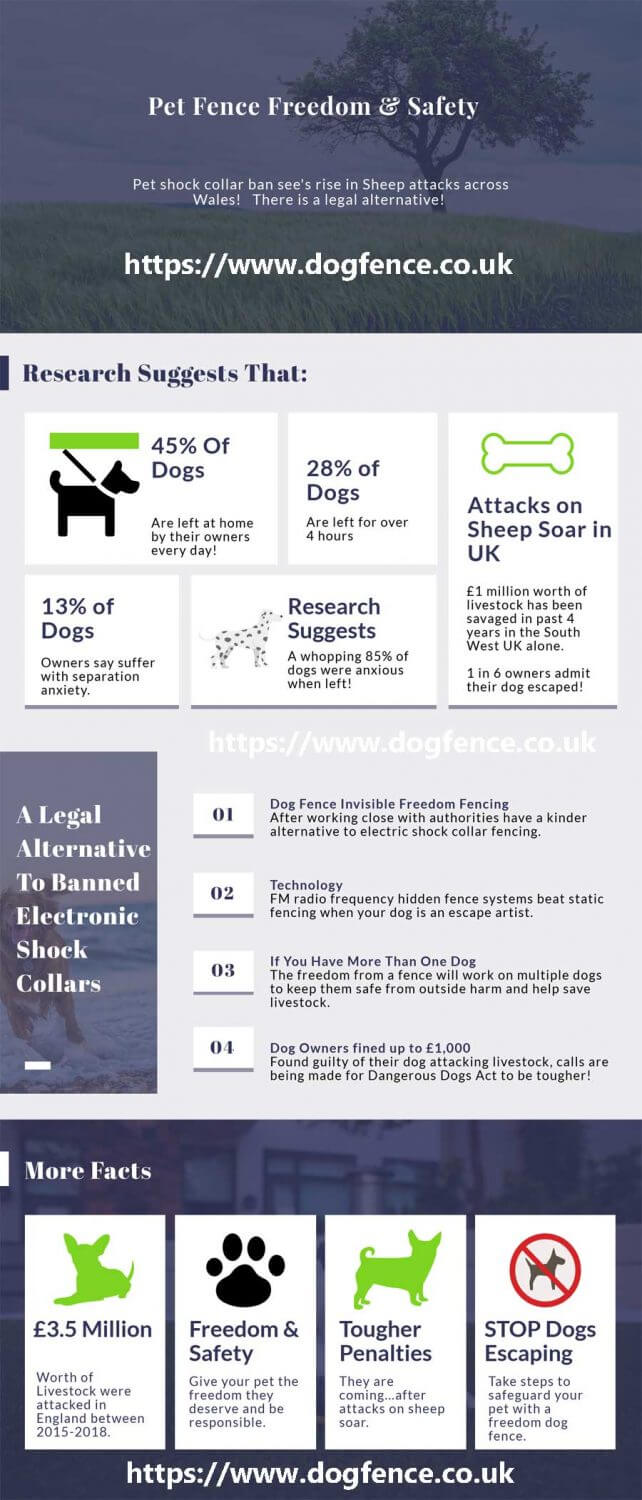Adder Bites in Dogs: A Growing Concern for UK Pet Owners
Vet warns dog owners of the risks of dog adder bites in warmer weather after a family dog was left fighting for his life.
Five-year-old field spaniel, Buddy, was believed to have been bitten by an adder while sniffing out sand dunes in North Wales and spent almost two weeks fighting for his life at a Veterinary Hospital in Hartford. This harrowing experience serves as a stark reminder of the hidden dangers that can lurk in seemingly harmless environments, especially during warmer months when adders are most active.
Understanding the Threat: The Seriousness of Adder Venom
The venom was so toxic, it caused the skin on Buddy’s abdomen to blacken, die, and peel off, while simultaneously causing severe damage to his liver, leaving vets extremely concerned. This case highlights the potentially devastating impact of adder venom on a dog’s internal organs and skin.
Veterinary surgeon, said, “Obviously, these things are very difficult to predict. It’s more about getting the message out there that it is a risk and to follow the necessary advice. Snakes are more common in some places than others, and tall grassland is a particular risk. It’s definitely something to bear in mind if you have a wandering dog.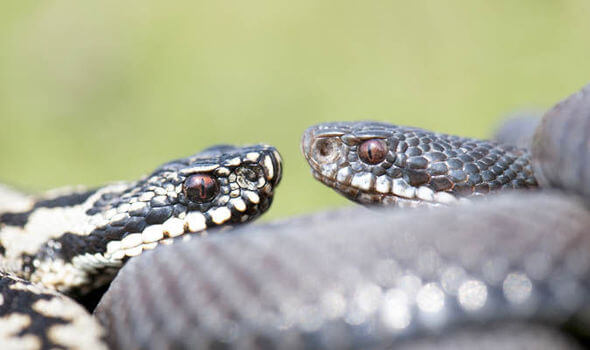
“The majority of bitten dogs make a full recovery with appropriate treatment. However, Buddy was really, really poorly when he came to us and it is only through extensive supportive liver medications, broad spectrum antibiotics and fluid therapy that he came through.
“We’ve not seen a case as severe as this before and we believe the dog had multiple bites.”
The dogs owners, were on holiday in North Wales when their pooch was suspected of being bitten while investigating a recently strimmed area of grassland close to the sand dunes. Although he continued to play and fetch his ball normally, he became lethargic when they returned home and later developed soreness and pain on his left side.
The couple sought veterinary advice on holiday and it was suspected their dog had pulled a muscle but his condition gradually deteriorated and they were forced to return to their home early. “We were told we were not out of the woods, even with his liver enzyme levels started to come down. It really was touch and go.”
This case underscores that while many dogs recover well, severe cases can be life-threatening and require intensive veterinary care. The multiple bites likely contributed to the severity of Buddy’s condition.
Recognising the Signs: What to Look For After a Dog Adder Bite
Buddy’s owners did not notice the bites until they returned home from their trip. Buddy had started to develop bruising around his groin area when he returned home and his owners took him to the vets for investigation. Upon inspection and testing his owner noted “his bloods and his liver enzymes were through the roof.”
Key takeaway for dog owners: Symptoms of an adder bite might not be immediately apparent, often taking one to three hours to manifest. Be vigilant for:
- Lethargy and unusual quietness
- Pain and swelling, particularly around the bite site (often on the limbs, face, or chest)
- Bruising, especially around the affected area
- Vomiting or diarrhoea
- Lameness
- Increased heart rate
- In severe cases, collapse or difficulty breathing
“Quite a number of people who are dog owners have no idea this can happen. Of course we don’t want to scare people but if there’s any chance a dog has been bitten you need to know what to do quickly because the symptoms might not show for one to three hours.
The dog had started to develop bruising around his groin area when he returned home from North Wales. “his bloods and his liver enzymes were through the roof.”
Dog adder bites and even other snake bites in dogs are uncommon in the UK but they can occur, particularly in spring and summer and interestingly between 3pm and 4pm in the afternoon when the adders are most active.
You can identify an adder as a greyish snake, with a dark and very distinct zig-zag pattern down its back, and a red eye. Males tend to be more silvery-grey in colour, while females are more light or reddish-brown.
The message is, if you notice anything unusual, take your dog to a vet immediately. It’s better to err on the side of caution.
There are so many dangers out there for your pet, especially one who has escaped and is roaming unsupervised. As a responsible pet owner, it is important to ensure your pet is contained. Dog Fence provides a pet containment system in the form of a wireless dog fence which works on radio frequency as opposed to electric dog fences and is an effective solution for pet owners with the most cunning of escape artist dogs. Get in touch with our friendly team to discuss your needs today!
Adder Hotspots and Peak Activity Times
Snake bites in dogs are uncommon in the UK, but they can occur, particularly in spring and summer when adders emerge from hibernation and are more active. Interestingly, adders are often most active between 3 pm and 4 pm in the afternoon. Some Vets have reported increases in cases year-on-year, from May 2025 (referring to data between 2023 and 2024) indicated a 44% rise in adder-related pet emergencies seen by Vets. Dog adders bites are the most deadly and with rising statics it is important to bring awareness to UK dog owners,
You can identify an adder as a greyish snake with a dark and very distinct zig-zag pattern down its back and a red eye. Males tend to be more silvery-grey in colour, while females are more light or reddish-brown.
Common Adder Habitats in the UK:
- Heaths and moorlands
- Woodlands and areas with dense undergrowth
- Sand dunes and coastal areas
- Rough grasslands
Immediate Action: What to Do if Your Dog is Bitten
The message is clear: if you notice anything unusual, take your dog to a vet immediately. It’s better to err on the side of caution. Even if you’re unsure if it was a snake bite, prompt veterinary attention is crucial.
If you suspect your dog has been bitten by an adder:
- Stay calm: Keep your dog calm and still to minimise the spread of venom.
- Carry, don’t walk: If possible, carry your dog to your car to reduce physical exertion.
- Contact your vet immediately: Call ahead to your veterinary practice so they can prepare for your arrival.
- Do NOT try to suck out the venom or apply a tourniquet.
- Do NOT wash the wound.
- Do NOT apply ice or heat.
Preventing Adder Bites: Responsible Pet Ownership
While you cannot completely contain your pet when out walking, especially if they are off the lead, there are steps you can take to minimise the risk:
- Keep dogs on a lead in high-risk areas: Especially in tall grass, heathlands, or areas known for adder populations.
- Be aware of your surroundings: Look out for adder habitats and observe where your dog is exploring.
- Consider recall training: A strong recall can help you quickly remove your dog from a potentially dangerous situation.
If you want to learn more about the risk and effects of snakes bites the Animal Poison Line gives helpful information.
The Importance of Pet Containment for Overall Safety
There are so many dangers out there for your pet, especially one who has escaped and is roaming unsupervised. As a responsible pet owner, it is important to ensure your pet is contained, not just for protection against adders, but also from roads, other animals, and getting lost. Whilst dog adder bites are relatively low, the consequences and dangers make it imperative to know what to do and how to recognise a bite.
Dog Fence Ltd provides pet containment solutions, our electronic dog fences work on a radio frequency and create an invisible but safe boundary around your property to keep your safe and free. Learn more here. This offers an effective solution for pet owners with even the most cunning of escape artist dogs, providing peace of mind and enhanced safety for your beloved companion within your property.
Get in touch with our friendly team to discuss your needs today and find out how we can help you create a secure environment for your pet.
Please share this post to increase awareness amongst pet owners! Thank you! For further information on how we can keep your dogs and cats safe call us today on 01628 476475 or email us info@dogfence.co.uk.
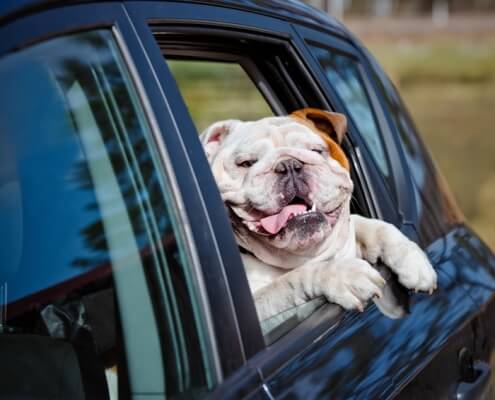

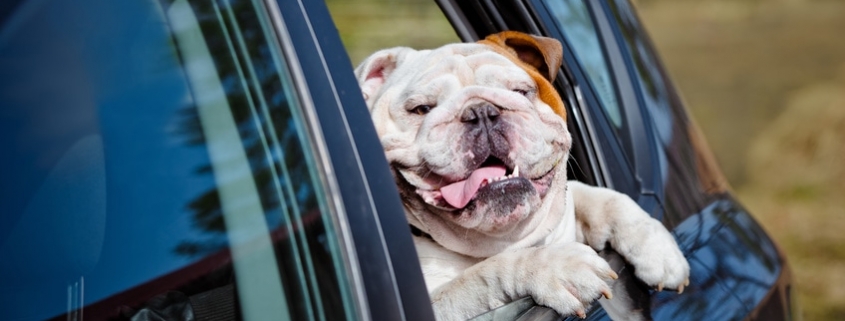
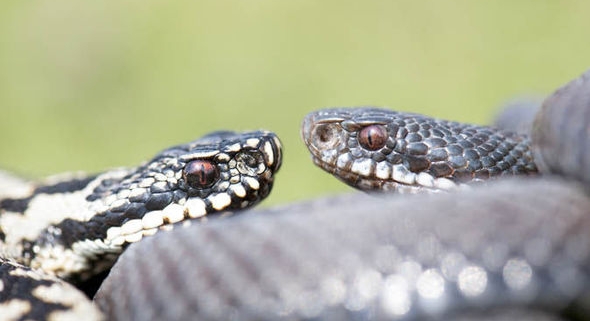

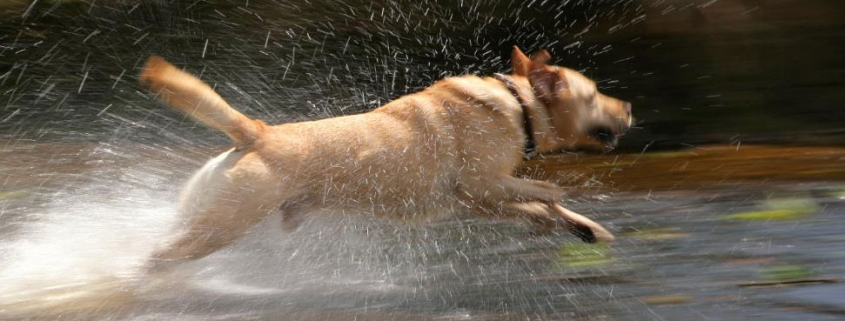
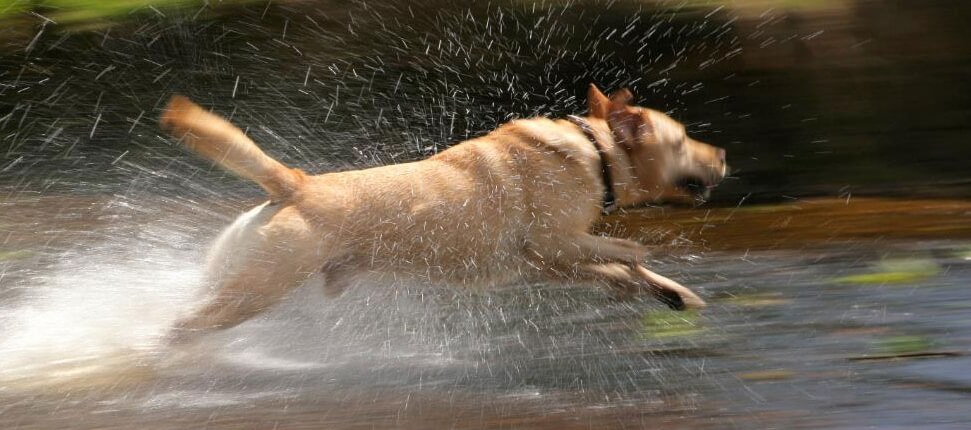
 Dogfence Ltd
Dogfence Ltd